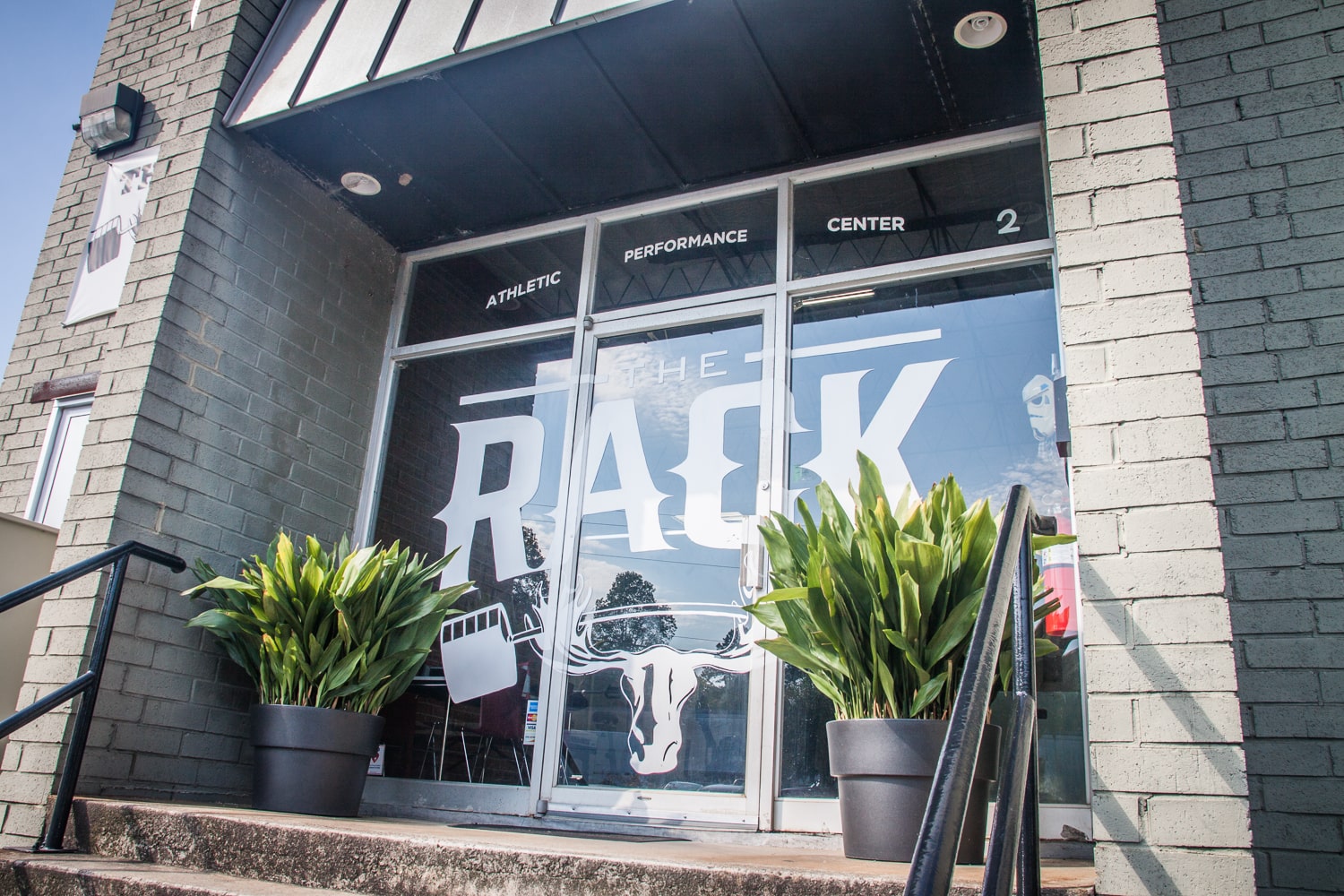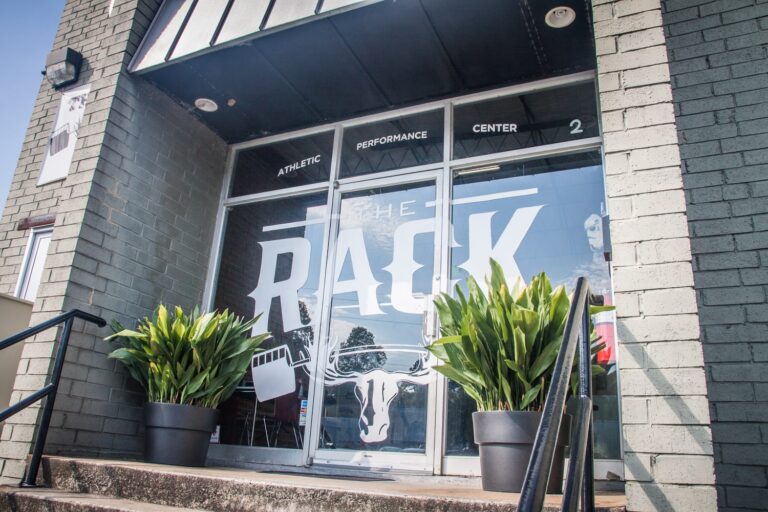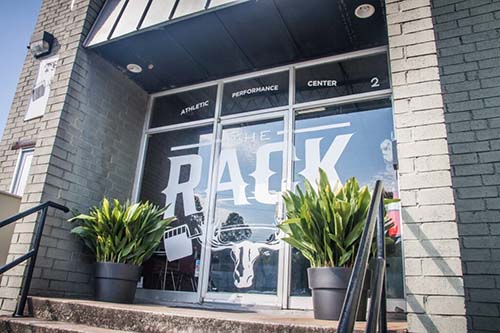Got Power?

When we get a new athlete asking for an assessment, they always have the same goals. They need to get bigger/stronger/faster, typically with an emphasis on getting faster. I find myself consistently asking them “is that what you. Really want?”. It is important to remember that developing power or speed is predicated on foundational strength. We access first and follow that with developing a program suited for the individual.
The definition of power is simply how fast you display the strength you possess. We begin the testing process with the Proteus 2.0 system. This allows us to determine if an athlete is more force (strong) dominant or velocity (speed) dominant. After this assessment we move on to the Nordbord by Vald. This apparatus tests for hamstring strength and gives us a good idea if the athlete is deficient in unilateral strength. Typically, when there has been an injury in the posterior chain, this will show us a discrepancy. The athlete is required to be under 10% Max Power discrepancy between the left and right hamstring. If it’s over 10%, then there is a larger chance of injury to the athlete.
These tests allow coaches to further individualize the programming for our athletes. The last part of this assessment requires us to use our force plates by Hawkin Dynamics. This allows us to view vertical force broken down between the left and right leg. This will show us if an athlete produces more vertical force with on limb. It will also show if the athlete loads eccentrically more with a particular limb. Then we can determine how to develop more power now with all this data.
Step 1 : Build Strength
Strength is what all other athletic qualities are predicated on. Most often, when we get a new athlete, they need to be stronger in order to produce more force. We initially try to increase vertical and horizontal force production. Exercises like squats, box squats, split squats and deadlifts will build more vertical force with the athlete. Exercises such as sled pushes, sled sprints and broad jump variations will build horizontal force production. If you can get an athlete brutally strong in bilateral and unilateral exercises and they will become more powerful.
Step 2 : Move Lighter Weight Fast
Performing exercises in this manner is often referred to as the dynamic effort or dynamic movements. An example of this would be moving 50-60% of your 1RM squat explosively fast for 2-3 reps in multiple sets. The athlete would typically use accommodating resistance in the form of bands or chains (or both) that forces the athlete to overload the concentric portion of the rep. Sprinting and jumping would also be a great example of dynamic movement. What’s more dynamic than maximal sprints? NOTHING! Just remember that power is plane specific. So if increasing your vertical is the goal, jump. If improving your sprint times are the goal, work on horizontal force production.
Ed Miller, CSCS



